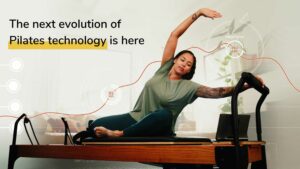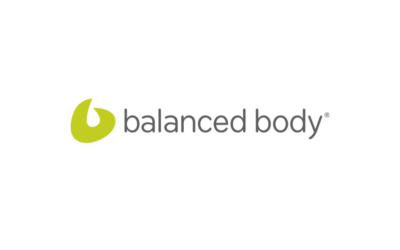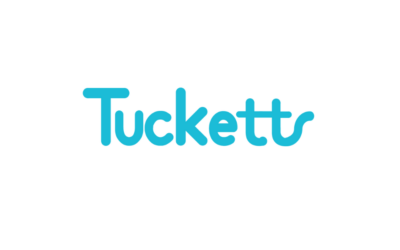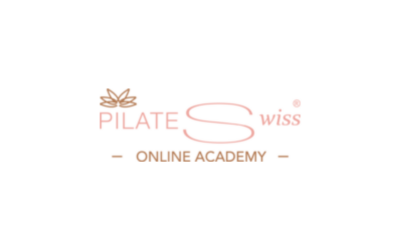As Pilates teachers, we’ve all had that experience seeing a client make amazing progress in their quality of movement, but when we’ve asked how they feel, they’ve said something to the effect of “Honestly, I haven’t really noticed a difference.” As professional movers ourselves, this can be perplexing, but it also makes sense, because we live in a culture that has disconnected us from our bodies. One of the things that Pilates helps with is rebuilding body awareness by utilizing precision, breath, and control. However, these variables can be difficult to quantify and if a client doesn’t have a lot of natural awareness, then asking them to use this as a measure of progress may feel frustrating and a little daunting.
This highlights one of the challenges that Pilates teachers face in helping clients measure progress similar to more traditional methods of fitness, such as strength training or cycling. In strength training, you can track repetitions, sets, and the amount of weight used over time. In cycling, you can calculate speed, resistance, and distance. When a client walks into a Pilates studio for the first time, not having those familiar metrics can be disorienting.
As Pilates instructors, we’re taught that the foundations of Pilates are concentration, control, center, flow, precision and breathing, factors that are far less straightforward and measurable than pounds moved on a weight rack or miles run on a treadmill. All of this can make it more challenging for data minded clients or clients with body awareness challenges to see their progress, because it’s difficult to see improvements on factors that you can’t track.
Adding AI technology to a Pilates machine can bring a new lens to measuring and tracking progress on a Reformer, creating a whole new way to experience Pilates. Of course, it doesn’t replicate or replace the experience of working with a teacher. It expands on it by giving your clients concrete data about their performance and quantifying their quality of movement, so they can see their progress over time through actionable data.
With Flexia, we track a number of variables with the use of tech. For example, the total amount of weight moved per exercise over a series of repetitions and the entire class. This in part gives clients a more concrete answer when they ask how springs translate to resistance moved in pounds. We also track control, which analyzes an exercise specific combination of factors like smoothness of carriage movement during a bicep curl, or how still the client holds the carriage during a bridge. Additionally, our sensors calculate consistency of movement across multiple repetitions, encouraging repeated range of motion, speed, and control. Finally, based on the appropriate tempo of an exercise, our technology also has the ability to sense if you are matching the correct speed and give you feedback on if you need to speed up or slow down.
All of these variables can come together to create a Movement Quality Score (MQS) that indicates the quality of movement used during an exercise and through an entire class. Over time, the objective is to increase your MQS by improving your control and consistency scores during class.
You’re probably wondering, how can anything in Pilates be standardized? This is why we’re creating a Pilates “genome”– classifying qualities of each exercise we teach so that its unique intention is captured and reflected in our real-time feedback during class. While there is no one right way to do things, this genome creates a level of consistency for our clients and tracking metrics.
As technological capabilities expand, so should the capabilities of your equipment. The smart Pilates reformer space is currently in its infancy and we look forward to leading innovations with how we practice and experience Pilates.





